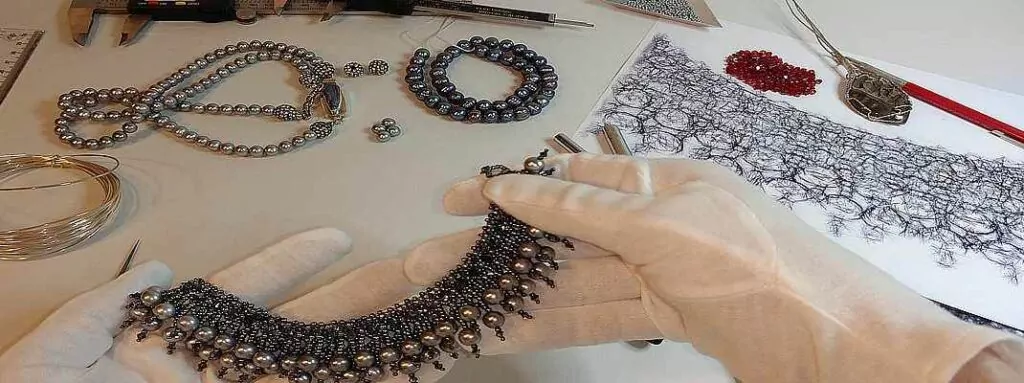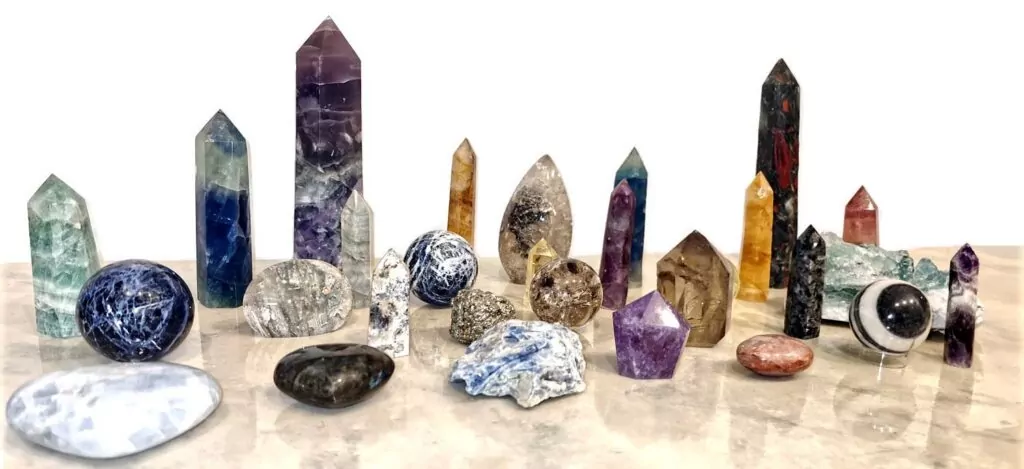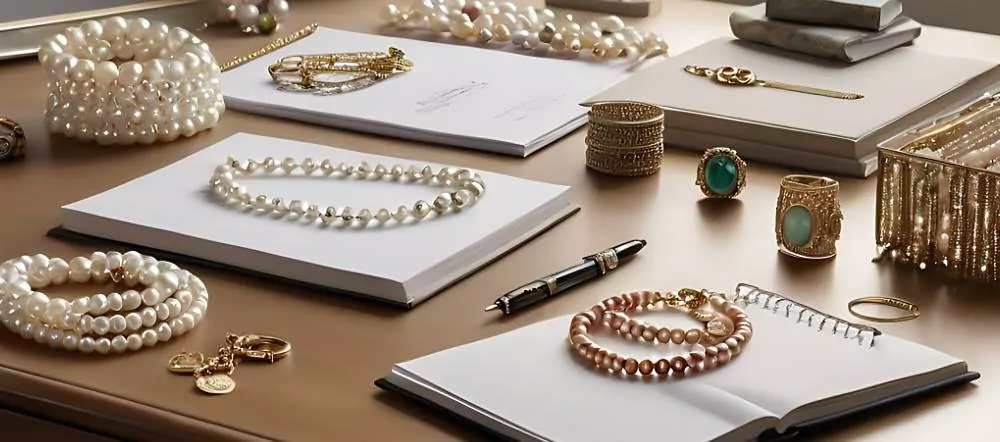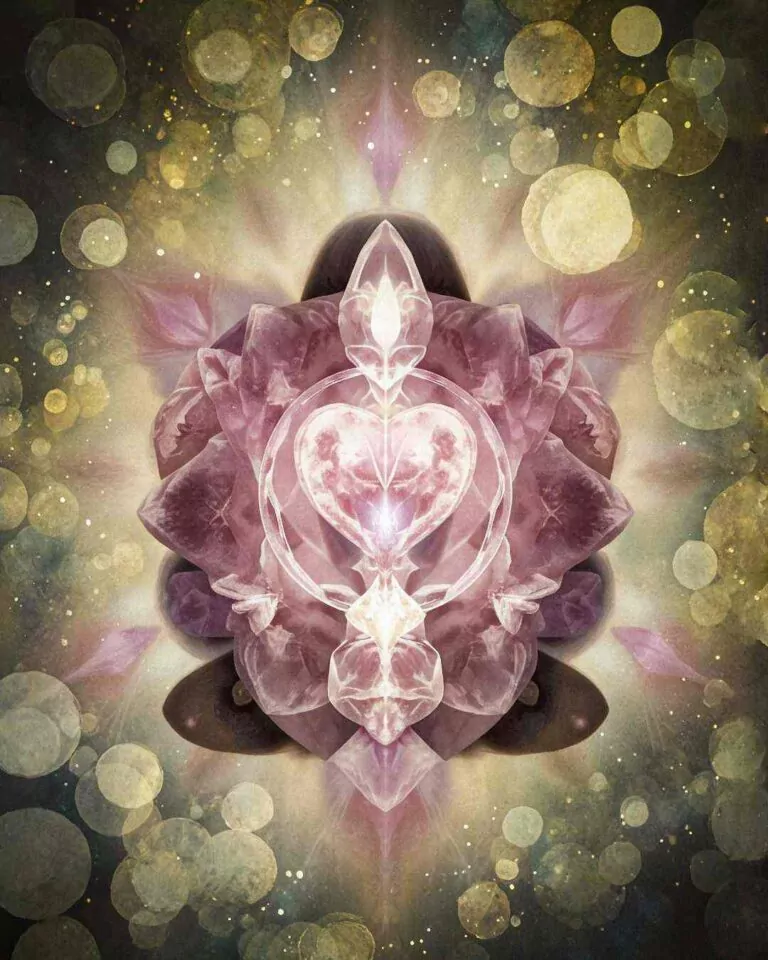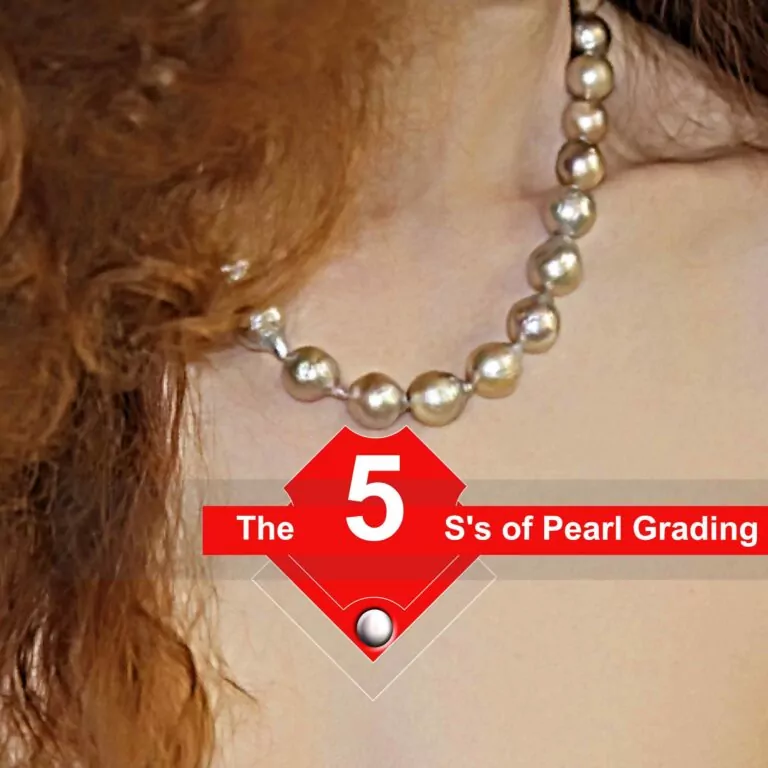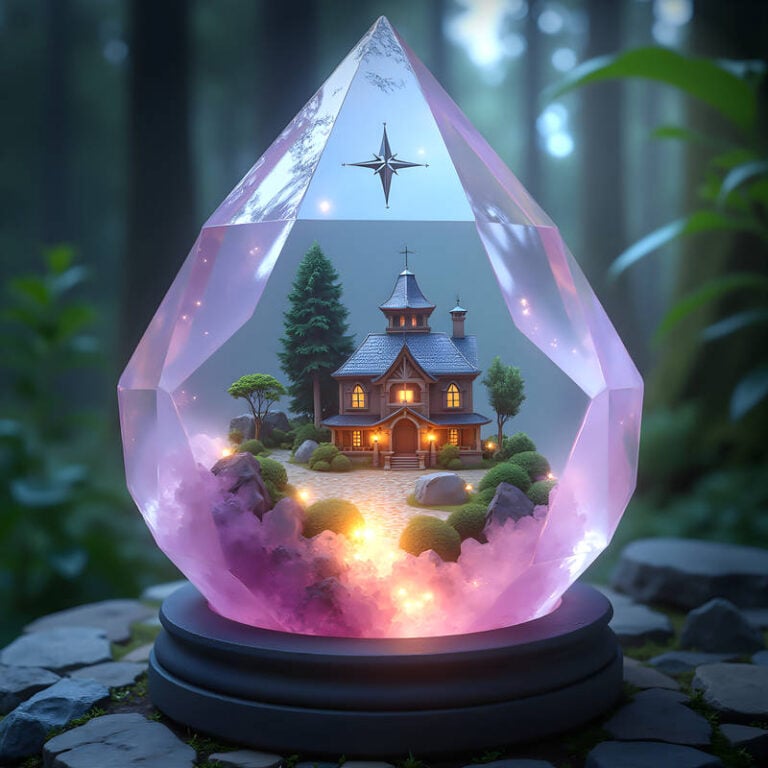March Aquamarine Gemstone For Clarity
Discover enchanting aquamarine, March’s birthstone. Explore its fascinating facts, symbolism, and the beautiful clarity and tranquility of this calming gemstone crystal.
Article Brief
Ever wondered why March’s birthstone sparkles like a slice of sky‑blue sea? In this article, we’ll track aquamarine’s journey from an ancient sailor’s talisman to today’s beloved birthstone. From its mystical symbolism and timeless royal endorsements to modern design, this is how a beautiful gem can tell a story of calm, courage, and clarity.
March is a month of celebration for people born under the sign of Aries. The month’s most popular birthstone is the limpid blue gemstone. While its inviting blue hue appeals to us for its calming transparency, there’s far more to the stone than its delicate, lucid nature suggests.
But What Is Aquamarine?
Most frequently recognized as pale blue-green or slightly green to light gray, the most popular stone variation is light “sky” blue. Translucent to nearly transparent, the minerals within the stone form a hexagonal crystal system with occasional inclusions.
Aquamarine’s beautiful blue‑green glow is the result of slow, careful crystal growth deep underground, with iron giving it its signature hue. Once we bring those crystals to the surface and shape them into jewelry, they become wearable pieces of Earth’s own artistry—perfect for anyone who loves a touch of calm in an otherwise hectic schedule.
The Magic Of Aquamarine Gemstone Clarity
The stone owes its signature “aqua” clarity to a magic of minerals and a scientific process beginning with the replacement of aluminum and silicon minerals with trace elements of iron over the course of the gem’s formation.
The resulting stone’s color comes from the different levels of iron it contains. Minimal iron results in a nearly colorless stone, while moderate levels of iron create the popular blue-green hue, and greater proportions of iron result in a greenish-brown stone — or even darker.
The overall color you see in the stone is the ultimate result of the spread of iron minerals, similar to the effect of dye in woven material. Evenly spread, the stone is limpid, with vibrant and even color. Stones with clusters of iron, termed “color zoning,” result in hazy or dull areas.
Geological Origins
Just as soil differs according to the elements within it, and the geographies around the world account for different mineral richness, it’s follows that the aquamarine gemstones from various regions have their own colors and varied clarity.
While Brazil accounts for a significant quantity of the gem, Madagascar is well-known for superior deep-blue stones, perfectly suited to adorn breathtaking necklaces and bracelet jewelry.
| Region | Key Facts |
|---|---|
| Brazil | The largest global source, especially the states of Minas Gerais and São Paulo. |
| Madagascar | Known for very clear, high‑quality aquamarine with a slightly deeper blue hue. |
| Zambia & Zimbabwe | Smaller deposits that often yield larger stones at lower cost. |
| India & Sri Lanka | Historically significant but now less prominent in the market. |
Aquamarine forms in granitic pegmatites (coarse-grained igneous rocks). It is a member of the tourmalite‑almandine family. It shares its chemistry with other green–blue beryl minerals that grow slowly and cool to crystals over time..
Physical Properties – DNA Of A Gemstone
Although the stone’s nearly transparent qualities suggest a certain simplicity, aquamarine’s scientific makeup gives us the ability to see the hidden qualities deep within the stone, along with its easily overlooked complexities such as its place in the Mohs scale.
- Hardness: 7.5–8 on Mohs scale – comparable to topaz and quartz; resistant to everyday wear.
- Specific Gravity: ~3.08 g/cm³ – typical for silicate gemstones.
- Refractive Index: 1.544–1.553 – gives it a moderate sparkle, less intense than diamonds but still visually striking.
- Dispersion (Fire): Low; the stone rarely shows rainbow‑like flashes.
The Philosophical & Metaphysical “Aura” of Aquamarine
Historically, the stone’s admirers have relied on the aquamarine gemstone for clarity, attributing its pristine nature to calmness and serenity. In Victorian England, the stone was given to new brides as a symbol to encourage long, happy marriages. Other cultures have used the stone as a talisman to empower them with safety and a sense of calm.
| Culture | Symbolism |
|---|---|
| Ancient Rome | “Sea Stone”; sailors believed it calmed waves and ensured safe voyages. |
| Greek Mythology | Associated with the goddess of the sea, Amphitrite; a symbol of calmness. |
| Mayan & Aztec Traditions | Considered a protective stone for warriors, helping them remain steady under fire. |
| Modern Birthstone List (American) | Officially designated by the American Gem Society in 1912 as March’s birthstone. |
Most recently, the gem is treasured as the iconic birthstone, and our fascination with it continues to carry the values that define the same traits of serenity, clarity of thought, and harmony attributed to individuals born in March.
Modern Uses in Jewelry


- Necklaces & Pendants: Set alone or paired with pearls to accentuate its color.
- Beaded Bracelets: The delicate color conveys a sense of lightness and serenity.
Because of its high hardness, aquamarine can be cut into various shapes—round, oval, pear, or cushion—without compromising durability. Added to jewelry, the soothing color is an perfect companion to wide range of choices in the color palette, from bright to muted hues. And although the stone is not as high-priced as sapphires or diamonds, attractive, expertly cut stones can be expected appreciate in value.
Care & Maintenance
- Cleaning: Use warm soapy water and a soft brush; avoid ultrasonic cleaners. They may cause cracks.
- Storage: Keep separate from harder stones that could scratch it (e.g., rubies, sapphires).
- Inspection: Periodically check for loose settings or chips; aquamarine is resilient but like most stones, it can still be damaged.
Quick Recap
Appealing for its signature physical qualities as well as its reputation for emotional clarity and calming effect, the aquamarine birthstone is a durable, visually appealing gem. Its light blue‑green hue offers an understated elegance that works beautifully across jewelry styles—from delicate bracelets to bold statement necklaces. When selecting aquamarine, focus on quality and know that with the proper care, it will remain as serene as the day it purchased it
Aquamarine March Birthstone
Frequently Asked Questions
Aquamarine Crystal Clarity
Whether you’re fortunate to celebrate a March birthday, or simply looking for a unique and beautiful piece of jewelry that conveys calming tranquility, aquamarine is a wonderful choice. So, enjoy your special celebration, and best wishes.
Beautiful aquamarine-inspired gift ideas
More on Aquamarine Crystals


